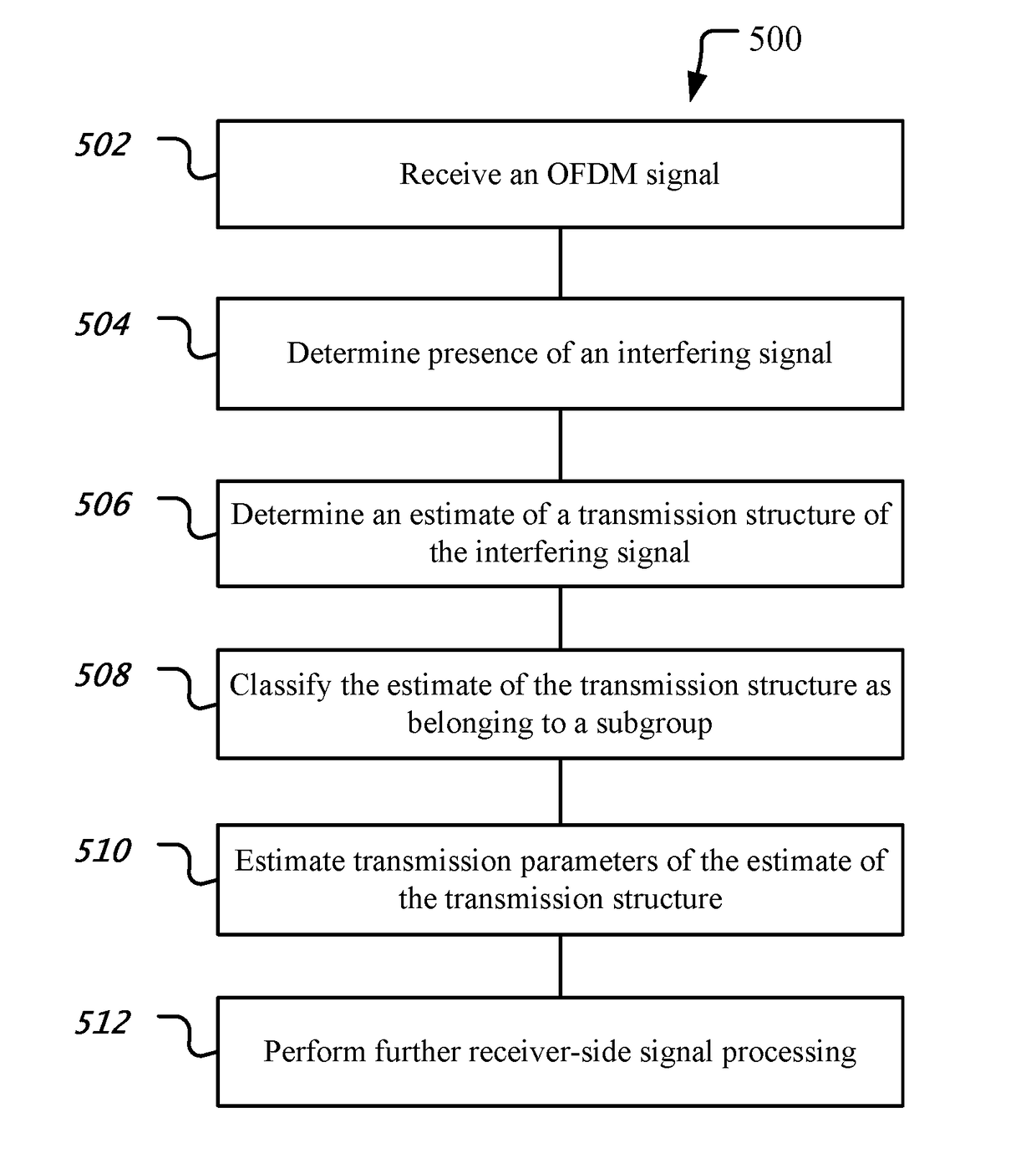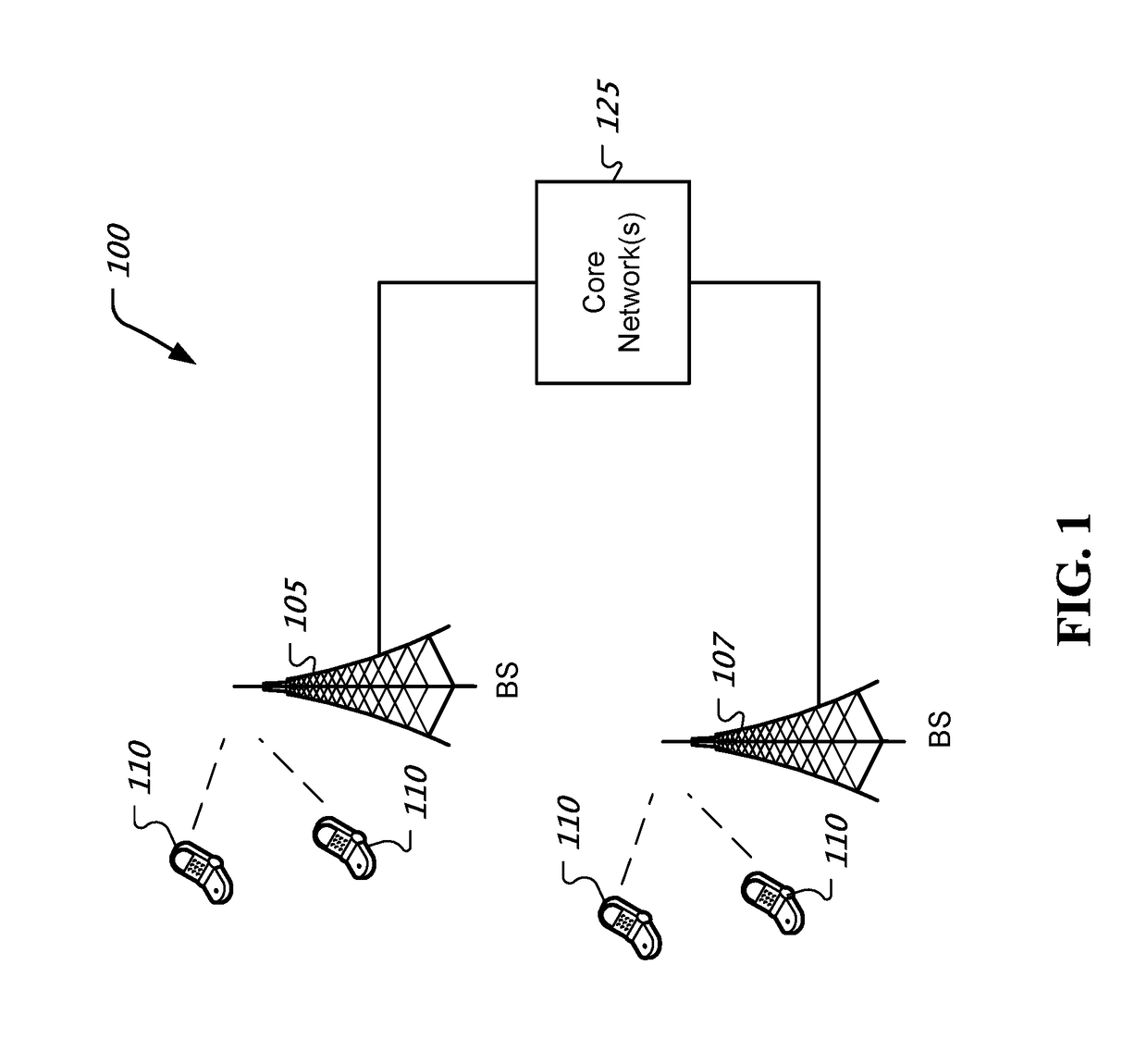Blind identification of transmission structure in a wireless communications system
a wireless communication system and transmission structure technology, applied in the field of blind identification of transmission structure in wireless communication systems, can solve the problem that the most recent wireless communication systems are interference limited rather than noise limited
- Summary
- Abstract
- Description
- Claims
- Application Information
AI Technical Summary
Benefits of technology
Problems solved by technology
Method used
Image
Examples
Embodiment Construction
[0023]Wireless data service requirement has been tremendous growing in recent years due to new generation of wireless gadgets, e.g., smartphone, tablet and also due to fundamental evolution of application from being voice and data-centric to multimedia-centric. In order to cope with the exponential growth of data services, we need more flexible and aggressive spectrum management and improve cell spectral efficiency. It is shown that spatial frequency reuse by adding more cells offers a larger capacity gain compared to the increased spatial order or increased spectral bandwidth. LTE-Advanced and beyond are expected to utilize frequency spectrum efficiency by using small cell technology and is designed with so-called frequency reuse of one where all the cells use the same frequency. In practice, using the same frequency band in neighboring cells will cause high levels of inter-cell interference especially at cell edges. Consequently, high levels of interference, low SINR and poor rece...
PUM
 Login to View More
Login to View More Abstract
Description
Claims
Application Information
 Login to View More
Login to View More - R&D
- Intellectual Property
- Life Sciences
- Materials
- Tech Scout
- Unparalleled Data Quality
- Higher Quality Content
- 60% Fewer Hallucinations
Browse by: Latest US Patents, China's latest patents, Technical Efficacy Thesaurus, Application Domain, Technology Topic, Popular Technical Reports.
© 2025 PatSnap. All rights reserved.Legal|Privacy policy|Modern Slavery Act Transparency Statement|Sitemap|About US| Contact US: help@patsnap.com



